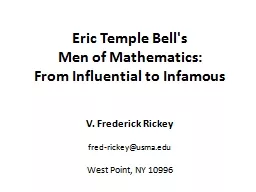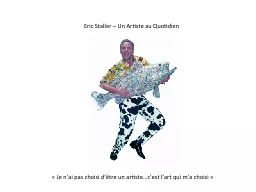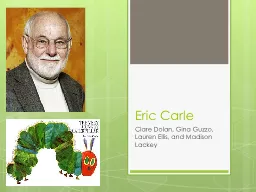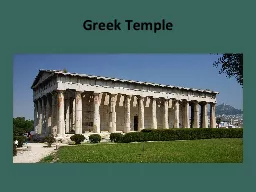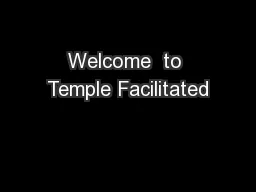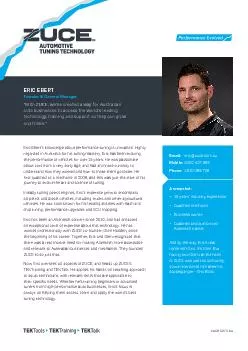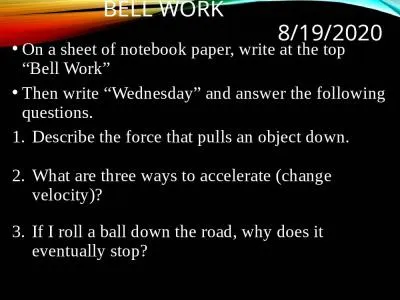PPT-Eric Temple Bell's
Author : sherrill-nordquist | Published Date : 2016-03-22
Men of Mathematics From Influential to Infamous V Frederick Rickey fredrickeyusmaedu West Point NY 10996 Eric Temple Bell 1883 1960 Published 1937 Continuously
Presentation Embed Code
Download Presentation
Download Presentation The PPT/PDF document "Eric Temple Bell's" is the property of its rightful owner. Permission is granted to download and print the materials on this website for personal, non-commercial use only, and to display it on your personal computer provided you do not modify the materials and that you retain all copyright notices contained in the materials. By downloading content from our website, you accept the terms of this agreement.
Eric Temple Bell's: Transcript
Download Rules Of Document
"Eric Temple Bell's"The content belongs to its owner. You may download and print it for personal use, without modification, and keep all copyright notices. By downloading, you agree to these terms.
Related Documents

